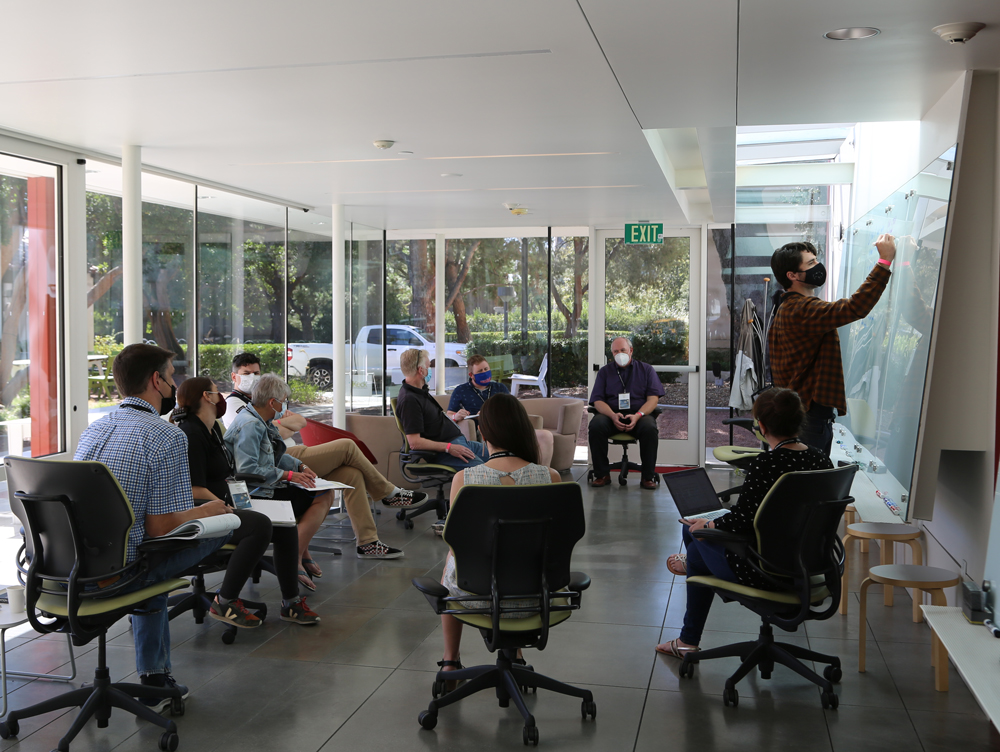Workshop Overview:
Mars exploration has progressed to the point that the most pressing scientific questions and needed measurements can only be addressed by missions to the surface. Future missions will likely conduct compositional and isotopic studies of Mars rock stratigraphies to search for life, age-date rocks, decipher drivers of changing habitability, drill and study subsurface ice, and study active geophysics and near-surface meteorology. Historically, many NASA missions have a high per-unit cost because they are one-of-a-kind and push the envelopes in many technical areas simultaneously. However, to enable a cadence of multiple landed missions at Mars, new approaches are required.
In Part I of this workshop, we identified strategies to substantially reduce the cost associated with surface Mars missions, including novel system designs (landed asset, delivery, operations), institutional/project costing and management processes, and non-traditional industrial partnerships. We formed working groups to develop recommendations for technological investments for fixed landers and mobile missions as well as programmatic strategies and cultural changes that would enable lower cost missions. In Part II of this workshop, we will synthesize results from these working groups and identify paths for moving forward.






















